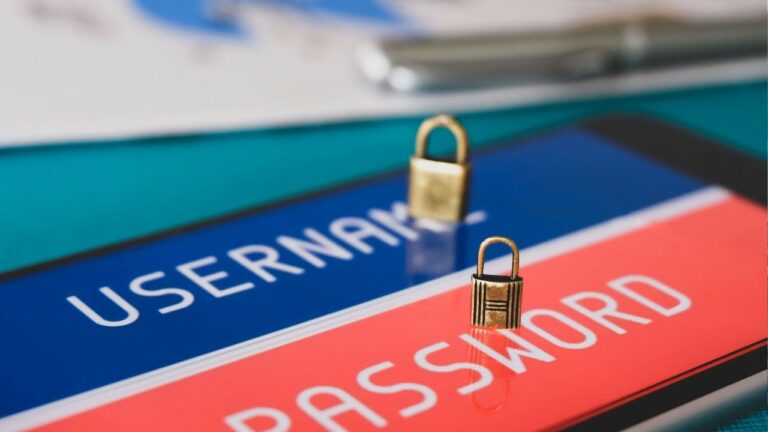5 Ways to Reduce IT Risk
Now more than ever it is important to ensure your information and your business’s information is not a target for cyber attacks and hackers. You may think you have done a good job at protecting your most valuable information, but have you? Are you doing everything you can to reduce your IT risk? Let’s review the top 5 ways to reduce your IT risk and protect your business.
1) Use a password manager. Password managers, such as LastPass, DashLane, or 1Password, can handle authentication and generate strong unique passwords for you. “Credential Stuffing” is the method by which hackers obtain your common passwords associated with your email address. This method has rapidly become the #1 culprit in data breach attacks! Password managers like the ones listed above are the best way to combat this type of IT risk.
2) Enable two-factor authentication on all of your important accounts. Two-factor authentication is when you get a text or code sent to you, or you use an app to log into a service. This method prevents hackers from accessing your data even if they have your password. Be sure you have it set up on all financial accounts and any important work accounts, such as Microsoft 365 or Google Workspace.
3) Always be sure you have good backups on all of your devices. If you aren’t certain that your backups are running well, then most likely they aren’t. Backups not only help you recover from data loss in the event of a hardware failure or a stolen laptop–they are the best defense against ransomware and other malware/virus attacks. Recovery from a backup is much faster, less expensive, and more certain than dealing with hackers to recover your data. Check with your IT provider immediately to be sure your backups are complete and restorable. Better yet, test them!
4) Configure email accounts with strong protections against spoofing. This includes enabling real-time blackhole listing to block spam senders, spear-phishing message detection and link following, and the labeling of external senders (who may be pretending to be insiders). You cannot rely on the “reply to” sender of an email to be legitimate, so make sure your mailboxes are properly configured by your IT provider. Ask them to show you your configuration and explain the options.
5) Go the extra mile and get a third party security assessment. Even though Connetic performs security audits and does everything possible to protect our customers from cybersecurity threats, we still recommend that an outside party audit the work we do on an annual basis and report any vulnerabilities found directly to our customers. Audit is the most important part of accountability, and if your IT provider is resistant to having a third party security audit performed, that’s a huge red flag!
At Connetic, we do our part to reduce IT risk for our customers, protect their information, and provide them with the resources they need to maintain a secure account. Contact Connetic’s IT services team to set up a security audit today or to learn more about how you can benefit from Connetic’s extensive experience and exceptionally managed IT services.






